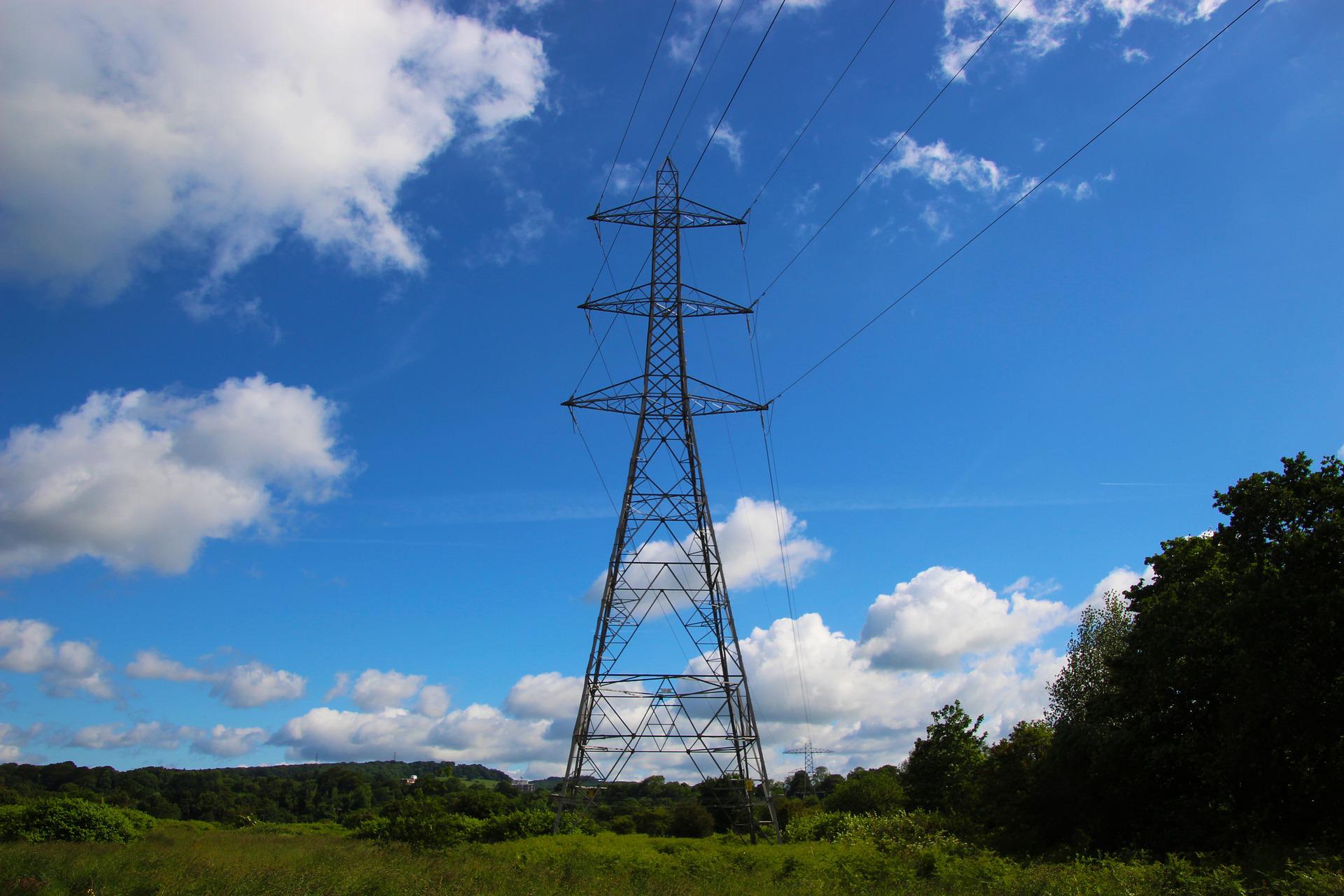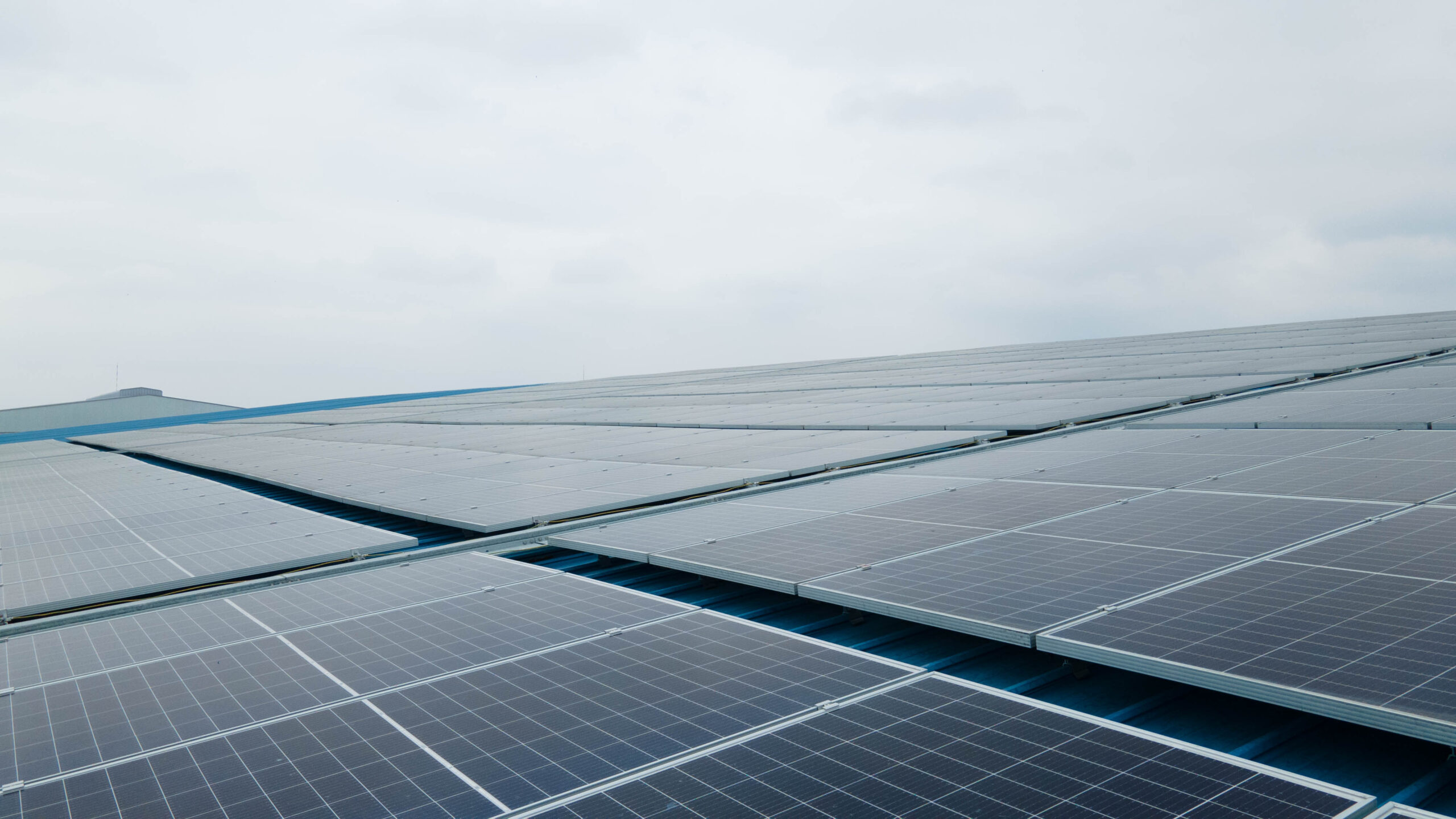Under the light (pun intended) of the long-awaited Power Development Plan (PDP), it crossed my mind that both developers and rooftop owners are in a certain state of “spiritual limbo” created by the uncertainty of the reactions, comments and interpretations that may/will arise from it.
In a market where 6,000 new MWp x year are added onto Vietnam’s electricity demand and 53% of this consumption is driven by the Commercial and Industrial (C&I) sector1, there is a clear indication that the market of renewable energy is not only growing organically, but it is vital to the future fulfilling of constantly growing electricity needs.

The role of the Rooftop Solar systems (RTS) is likely to remain at the center of an environment where self-generation must be prioritized, as it helps unloading the grid from a flow of energy that can be directed to different usage and at a higher value x kWh to EVN. Basically, balancing the high-value & high revenue kWh that are at the center of the incumbent’s financial model, while limiting the supply of highly discounted kWh in favor of systems like RTS that can easily fuel the functioning of the C&I productive activity, with no investment from the public sector.
One wonders then, why after a stellar growth period since 2018, the RTS market is presenting a “disoriented façade”?
The answer to this question may lie on the fact that the actual system (legal, technical, and otherwise) encompassed within the scope of the Decision No. 428/QD- TTg of 2016 approving the PDP VII, did set some precedents that promoted behaviors that defied the actual basic economics that would set high revenue stream to EVN by allowing self-generation of heavily discounted energy. The beneficial rates of the Fit in Tariff (FIT) happened to shift the focus of some investors and companies, from benefiting of a rather stable energy source to fuel highly productive, economy driving activities; to setting up systems without real self-consumption just trying to get some revenue, that incidentally, does leave a gap on the high revenue stream that EVN had planned for.
This situation created a practical conundrum to serious rooftop owners and developers that clearly understand the role that RTS systems have in the renewable energy mix where the deployment of such systems has been slowed down due to the conflicting actions of local offices versus clear objectives set by the Prime Minister during November’s 2021 COP26 conference, to phase out coal-fueled power generation by 2040.
While other countries have set similar objectives to be achieved by 2030, the road for Vietnam’s decision and execution apparatus is clearly set. Investments on green energy sources (public and private) and devising indications of pilot programs like DPPA, must continue and attract serious attention from all sectors of Vietnam’s productive life.
Then, what happens with the need for RTS in the country?
From a very humble point of view, the management of the public grid’s capacity to allow for the still growing carbon-fueled generation + any utility scale renewable energy initiative, needs more than ever generation systems that minimize the need of energy transport and distribution. The public investment needed to expand and manage the grid either in original economic and technical models or by replicating successful settings used in other countries, will be positively affected by unloading an important percentage of the C&I consumption from the distribution system.
When it comes to effectively achieve such targets, RTS systems are a clear player in efficiency, in deployment time and in instant supply of green energy to both: real consumers of highly discounted electricity and to high consumers of retail priced energy.
More solutions in the field are being promoted and developed as, apparently, it is more difficult to generate sun power at night; yet both the impact on the distribution network and the actual benefits to the self-generating consumer are clear and a concerted view on how to effectively manage them is essentially needed.
One of the tools that actually backfired in the latest PDP VII, the FIT tariff, can be one of the keys to promote the growth of the RTS industry. By definition the role of the FIT tariff is an aid to accelerate green energy investments. This was misconstrued by some as “let’s get benefits from RTS systems without self-consumption”.

It seems that in Vietnam, the implementation of a FIT tariff that would not be seen as “extra margin” but more like “no lose, no win” or -paraphrasing the green energy lingo- “net-zero profit” on the small overspill created on non-working hours or holidays by RTS system’s users, would allow investors to confidently ease rooftop eligibility requirements and give EVN a better tool to control indiscriminate (not to say illegal) RTS system deployments.
All in all, the pressure for green and sustainable energy, industrial growth and the improving working framework in all clean energy matters, seem to show that the Rooftop Solar market keeps growing and there are many opportunities where the public and the private sector can accelerate and stabilize the deployment of systems in a beneficial way to all stakeholders involved.
Revisiting my initial question, to roof or not to roof?, I think it is maybe best to ask a new question: what choice do we have?
To read the featured article, please visit: SolarQuarter South East Asia Apr-May 2022 Issue – SolarQuarter
Miguel A Ferrer

